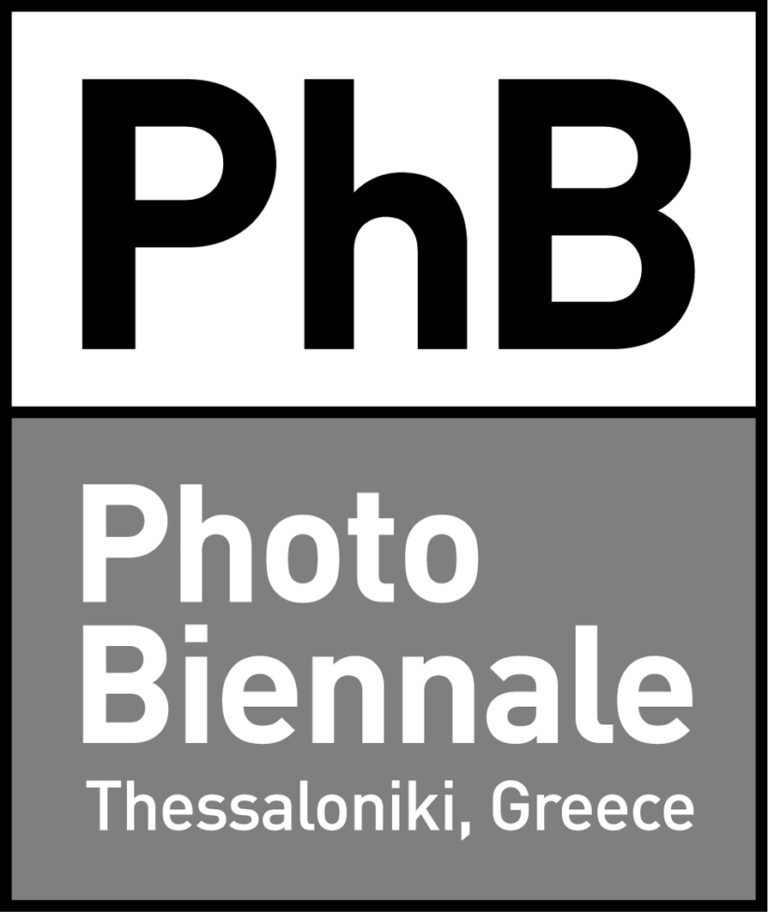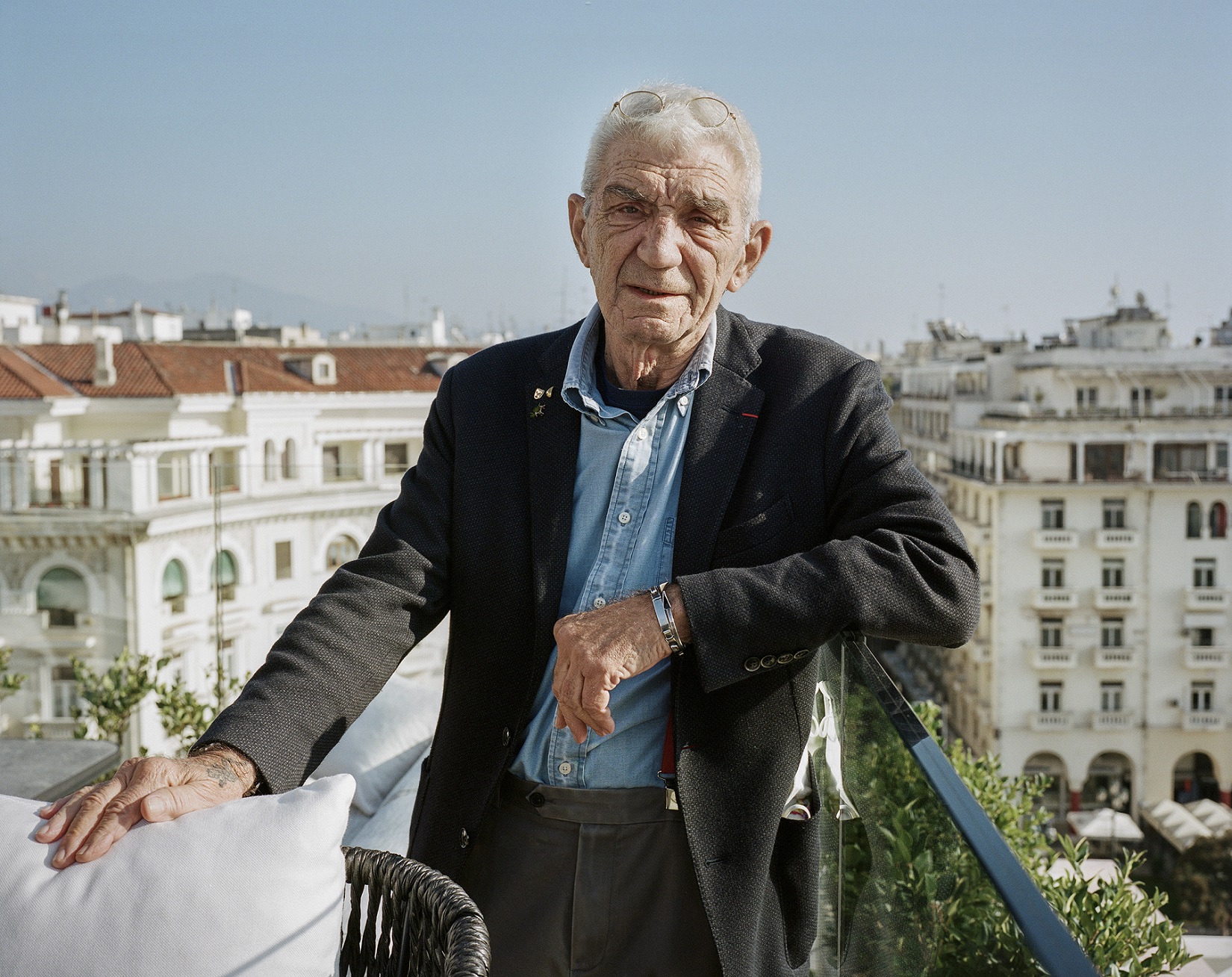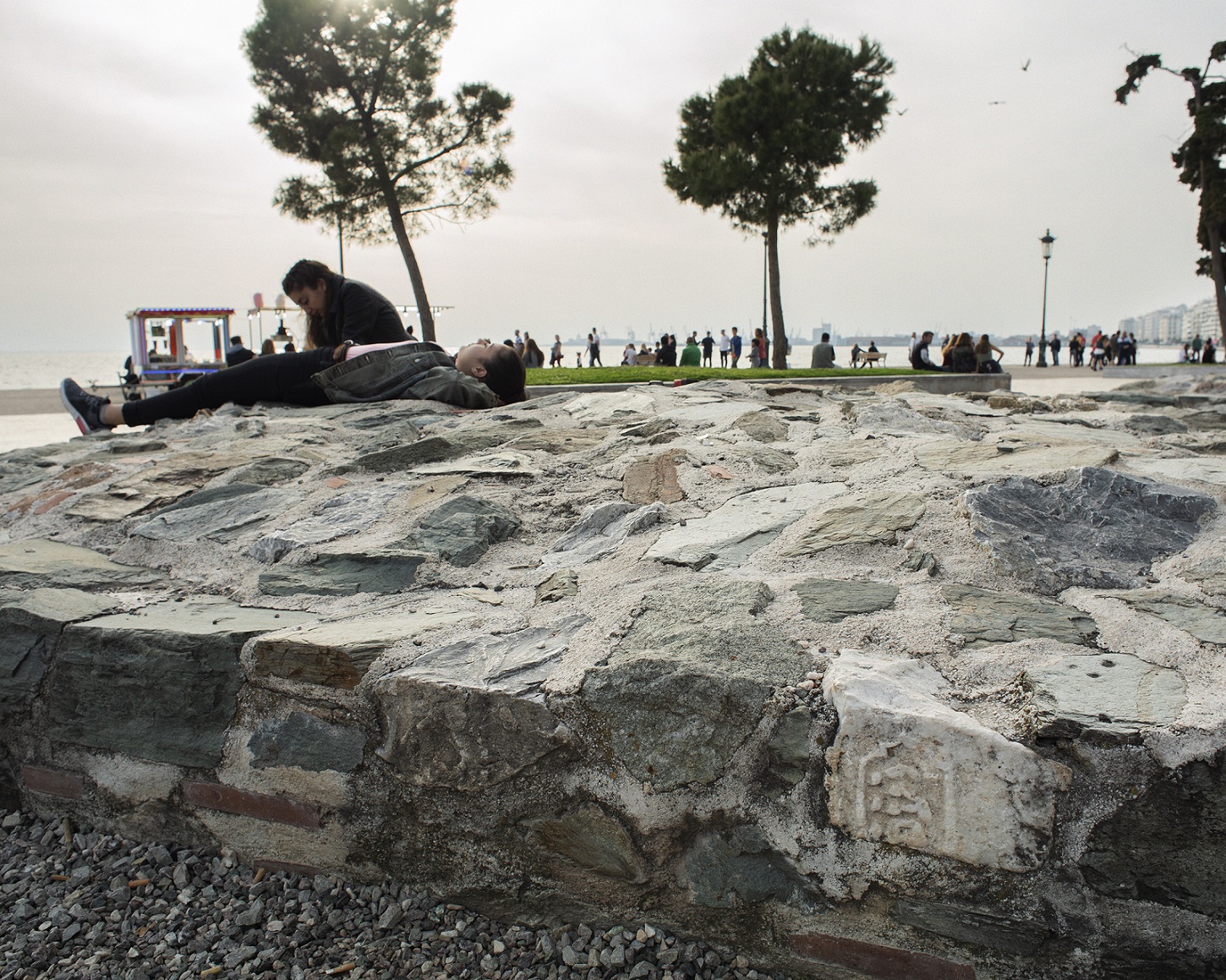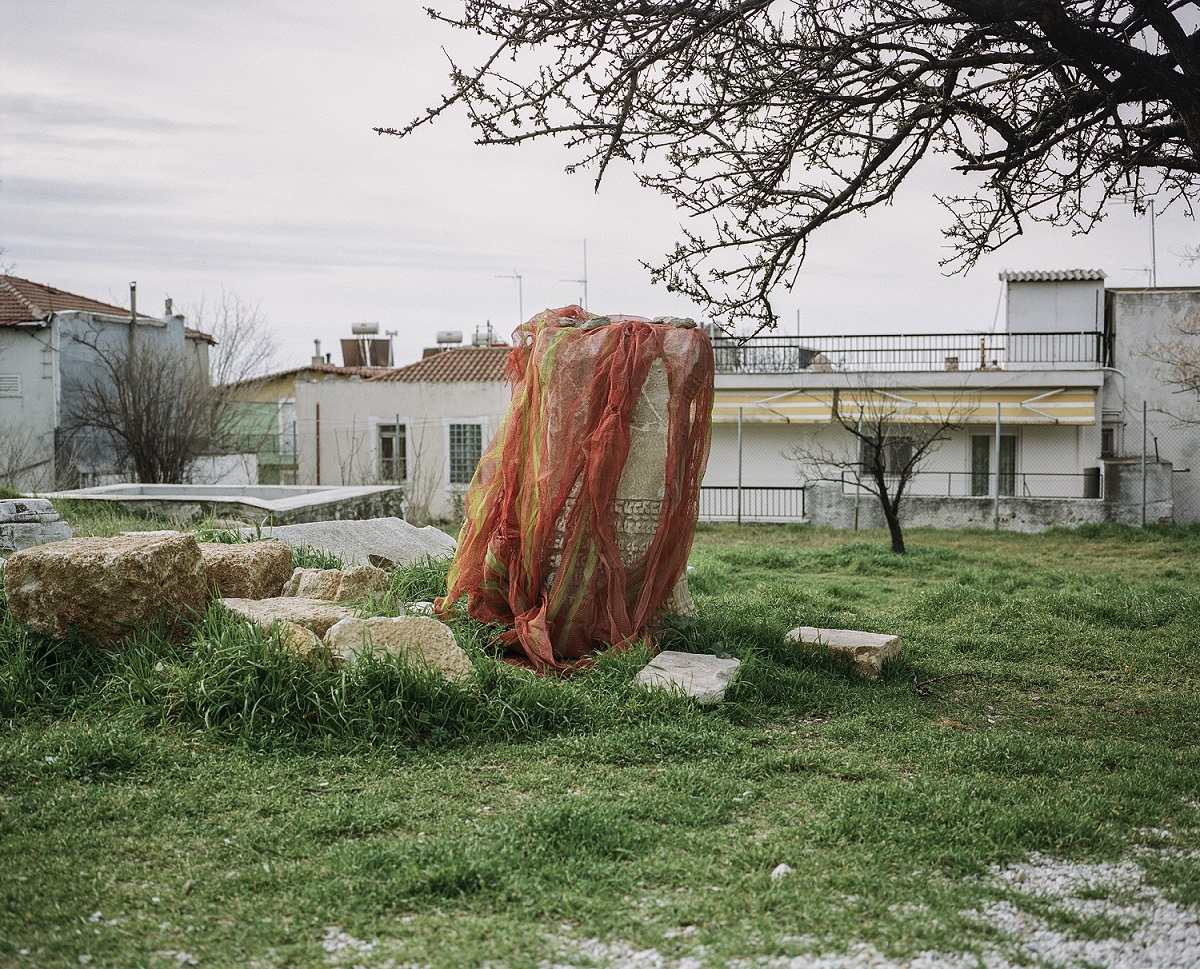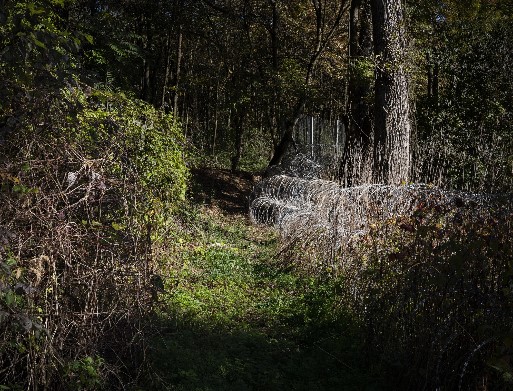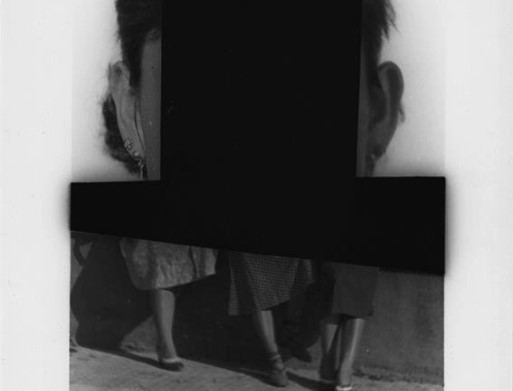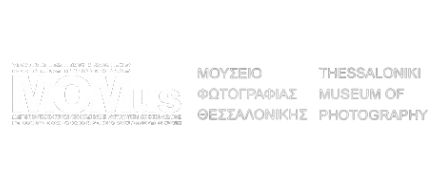Following the Reconquista, by the Alhambra decree of 1492, Isabella the Catholic expelled the Jews of Spain. They were welcomed in the Ottoman Empire, especially in the Balkans and Salonica where they represented, in the seventeenth century, half of the city’s population.
Until the 1920s, the Jewish population of Salonica was the majority, compared to the Greek Orthodox and Turkish communities. In this context, the Jews of Salonica kept their language: Judeo-Spanish or Ladino. The Jewish cemetery was the largest in Europe, dating back to 2nd century CE. It is estimated that it contained between 300,000 and 500,000 graves. In 1942, the Germans had held the city for a year. They offered an unfair deal to the Jewish community. They demanded the Jews pay 3.5 billion drachmas in exchange for the release of the 3,500 forced laborers working in very harsh conditions. Two billion in cash, which the community raised and 1.5 billion for the expropriation of the cemetery. Conveniently it also pleased the local Christian population who had tried before the war to develop the highly sought area for their own goals.
The tombstones were used as building material, by the Germans, then by the Christians for public squares like around the White Tower, the renovation of 24 churches including the Agios Dimitrios Church and generally public works like the wall around the new railway station. They were and still are used in a large number of other private sites. Today, they can be found throughout the city and beyond. To this cultural erasure is added the physical destruction of the community. In fact, it is from February 1943 onwards, the Nuremberg Laws imposing the wearing of the yellow star and restrictions to circulation were applied. Deportations took place between March and August 1943. About 54,000 Jews of Thessaloniki were exterminated, amounting to 96% of the Jewish population of the city. Only the Polish community experienced a higher rate of extermination. Most of the Thessaloniki Jews were gassed in the Auschwitz Birkenau. Today, the campus of the Aristotle University of Thessaloniki replaces the Jewish cemetery.
